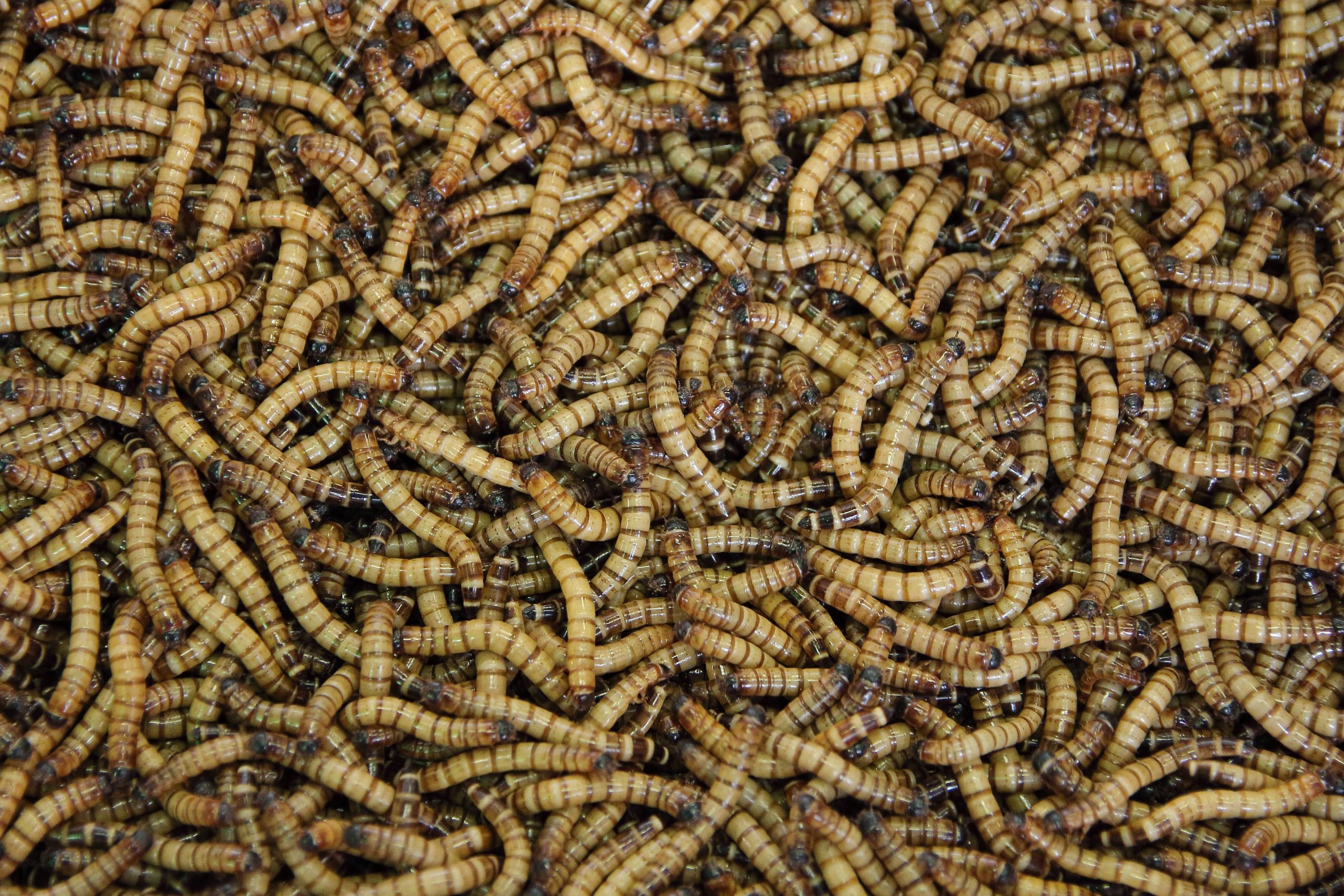13 Jul Insects are in!
While it may seem a rather squeamish topic, edible insects have been found to provide a healthy source of protein for humans. With a low environmental footprint, insect protein looks to be growing as a favourable alternative protein source for the future.
A recent paper in The American Journal of Clinical Nutrition has found that mealworms provide a high-quality protein source that matches that of milk protein. Through the use of isotope labelling, this research found that the nine essential amino acids in mealworm-derived protein had the same performance on digestion, absorption and stimulation of muscle growth as milk protein.
Milk protein is often considered the “gold standard” for protein quality, with plant-based proteins falling in behind due to their often-incomplete profile of amino acids and lower bioavailability. Although a rich nutrient source, milk is often criticised for its environmental footprint due to methane emissions, water use and quality, and agricultural land use change. Insects on the other hand can be reared at scale with minimal environmental impact, and according to the present study can provide a high-quality protein source for the human diet.
At present, the major non-food uses of insects are in animal feed and fertiliser. However, research like this and others (e.g. EFSA’s safety assessment, FAO paper on benefits of insect-based protein) along with significant market value growth indicates future development in this industry for human food is likely. To unlock the potential of edible insect-derived protein, the negative perceptions of eating insects in the Western World would need to be overcome.
This study highlights the promising benefits of mealworm as an environmentally friendly protein source for the human diet. However, milk provides more than just protein. Arguably more important than being a protein source, dairy foods are an important source of micronutrients often difficult to otherwise adequately source from our diets, including Vitamin B2 and B12, calcium and potassium. The use of milk as a comparison to novel protein sources is useful but before any conclusions can be formed around substitution potential, the entire nutrient profile of foods must be considered to determine other benefits exclusive of protein.
Photo by Robert Gunnarsson on Unsplash






